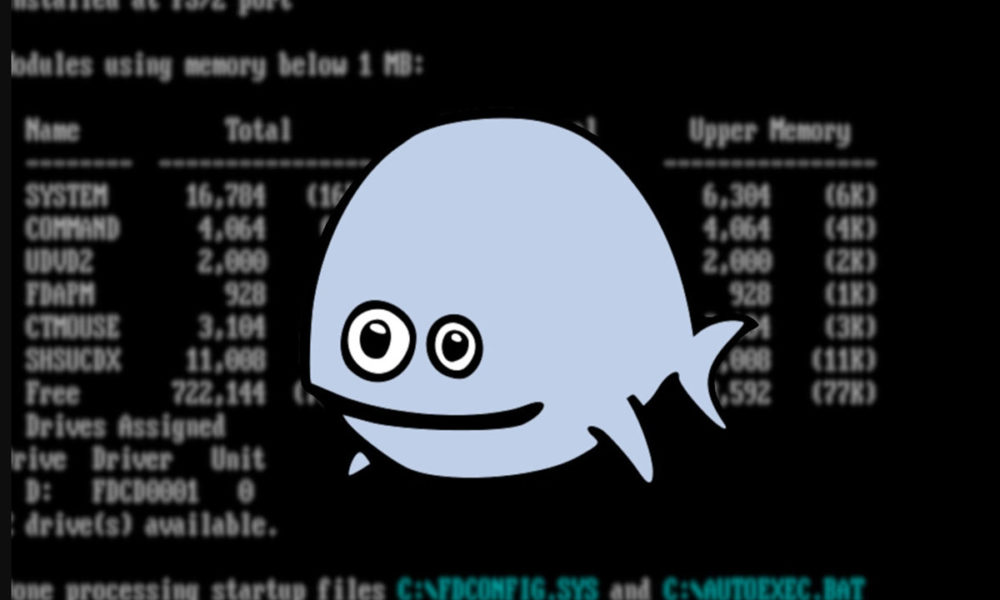
FreeDOS 1.3 is the new version of the operating system that once defied Microsoft and now defies the passage of time. The new development comes six years after the last release and like all previous versions, It is licensed under open source and is completely free..
Although Microsoft’s long history of MS-DOS officially ended with version 6.22 in 1994, there have been a number of DOS-compatible systems. FreeDOS has been the most interesting, long-lived and best supported of all of them and is part of the list of alternatives to Windows, macOS and Linux.
The FreeDOS project was born in response to Microsoft’s decision not to include MS-DOS in Windows 95. It was started by Jim Hall, a physics student at the University of Wisconsin, and has survived to this day thanks to the selfless work of thousands of contributors.
Its objective remains the same as it was 28 years ago when it was created: a pure DOS, created from scratch, capable of running classic DOS games (great); run older business software that only supports these types of DOS systems; for application creation and/or support on embedded systems or for use by OEMs as a basic system pre-installed on some PCs.
FreeDOS 1.3
The new edition has been late six years to come. In the release notes we see news such as the new FreeCOM 0.85a (the command line interpreter and main tool considering that it is a text mode system), new Kernel 2043 and a version 8086 with support for FAT32. Floppy editing now uses compression and requires about half of it.
The CD edition has improved its initialization and also all installation processes on MBR file systems. The bonus CD includes Digital Research’s GEM desktop, web browsers, file managers, development tools, games, and other text-mode programs ported from Linux.
The new version of FreeDOS includes improved networking support, new games, update packages, optional support for long filenames, and includes its own full-screen text editor, as well as others like Emacs and Vim. It has an IPv4 stack and basic IP connectivity.
You will need 20 MB (you read that right, ONLY 20MB) to install a “simple DOS system” or about 275 MB for a “full installation including apps and games”. The system can also be loaded into VMware virtual machines.
FreeDOS 1.3 supports 8086 processors and up and although its memory manager can handle up to 4 Gbytes of RAM, all the action takes place in the first 640 KB, as usual. If it appeals to you, you can download it from its website, where an installation tutorial is also included. Long live TWO!




